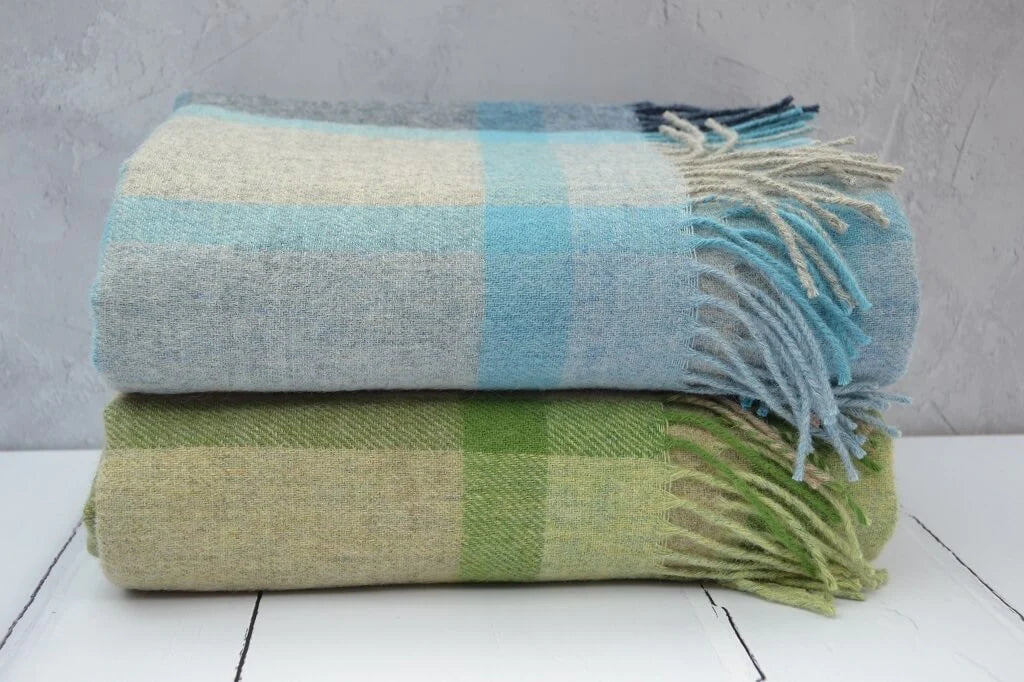Welsh Blankets
Candles & Soaps
Christmas Gift Ideas
Celebration Days in Wales KB
Special Days in the Year in Wales
Wales is a distinctive part of the UK, a country with its own character, culture and way of life – thousands of years in the making, and continually evolving. The history of Wales contains many important or special days or festivals that are still celebrated in modern times and are separate from those in England and Scotland. Whilst not trying to be a comprehensive list, here are a number of important days to all Welsh people, here in Wales and around the world...
About FelinFach
Located in Pembrokeshire Wales, our ethos is defined in the three words...
NATURAL TRADITIONAL HANDMADE.
- Hand woven iconic Welsh blankets.
- Hand dyed yarn, dyed with natural dyes only - no exceptions!
- Hand poured candles, candle accessories, Candle Making Workshops and soapery.
- Natural Dyeing Craft courses.
- Yarn shop, yarn bowls, project bags, tools and accessories for knitters and crafters.
- Welsh Gifts, souvenirs, made in Wales, handmade in Wales.
We are a proud supporter of Americymru, the Campaign for Wool, Global Welsh and Red Dragon America.
Last updated 5th August 2024
Carbon-neutral shipping on all orders










